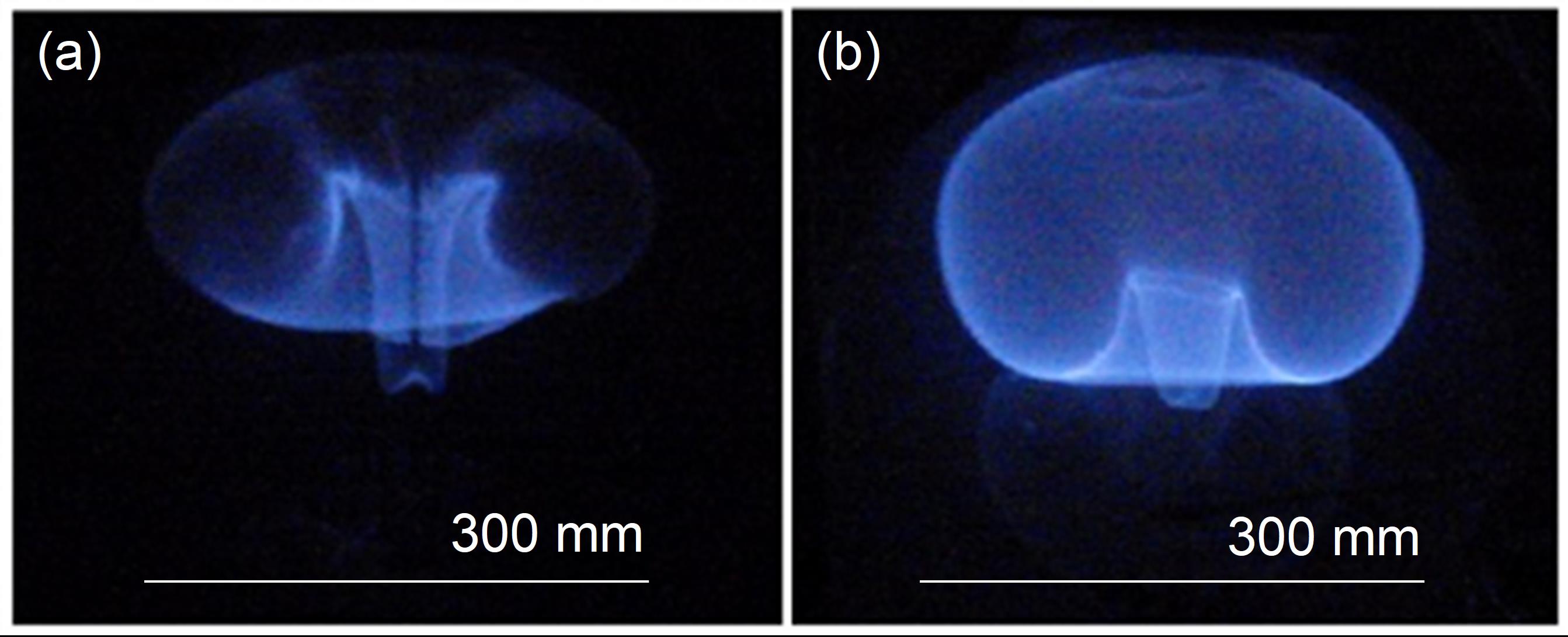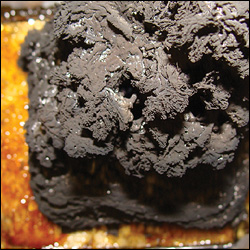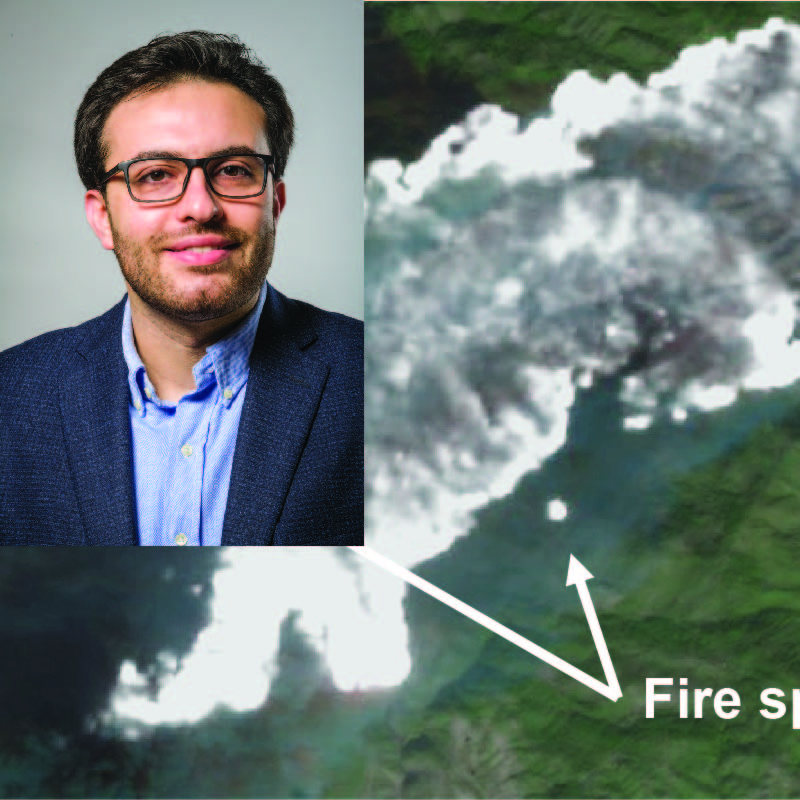News Story
ASHRAE Grant Supports Study of Refrigerant Flammability
The American Society of Heating, Refrigerating, and Air-Conditioning Engineers (ASHRAE) has awarded the University of Maryland’s Department of Fire Protection Engineering (FPE) a $195,000 grant to support research on refrigerant flammability. The project, titled 1717-TRP, Improve the Accuracy and Reproducibility of ASTM E681, will be led by Associate Professor Peter Sunderland and Research Associate Dr. Vivien Lecoustre, and will run from April 2015 to October 2016.
It is inherently difficult to accurately measure the behavior of weak flames. Flammability limits of premixed flames are one example. These limits are the subject of standardized tests including ASTM E681, ASTM E918, and ASHRAE 34. Sunderland and Lecoustre’s proposal considers ways to improve the accuracy and reproducibility of the flammability limit measurements of ASTM E681.
An ongoing push toward sustainability of refrigeration systems will require the adoption of low global warming potential (GWP) refrigerants. Due to concerns about fire safety, the first of these to be adopted will be A2L, or A1 but very close to the border with A2L. The A2L designation requires a lower flammability limit above 3.5%, a heat of combustion below 19 kJ/g, and a laminar flame speed of less than 10 cm/s. Blends of A2L and A1 refrigerants may result in A1 classification and low GWP. The ASTM E681 test is essential in determining whether a refrigerant is mildly flammable (A2L) or not flammable (A1).
ASTM E681 defines flammable conditions as those for which the flame spreads “upward and outward to the walls of the flask [and] are continuous along an arc that is greater than that subtended by an angle equal to 90 degrees, as measured from the point of ignition.” This is a subjective visual determination and it is sensitive to how and when the flask vents.
Sunderland and Lecoustre’s project is divided into five tasks: Develop a complete understanding of the ASTM E681 test method; set up a test facility and perform ASTM E681 testing; utilize CFD to aid in understanding the problem and in finding solutions; recommend and justify improvements to ASTM E681; and document these findings and present them to the ASHRAE community.
Published April 10, 2015













